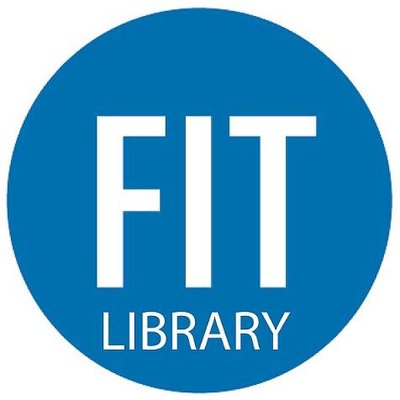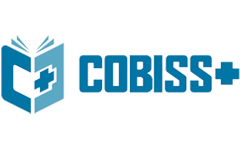Comparison of the Effectiveness of Various Doses of Ointment from a Dry Extract of Radix Glycyrrhizae in Contact Allergic Dermatitis
DOI:
https://doi.org/10.61841/c6vp7t19Keywords:
glycyrrhizae, psilo-balm, celestoderm B, glucocorticosteroids (GCS)Abstract
It was established when comparing the effectiveness of different doses of ointment obtained from dry extract of radix glycyrrhizae in different doses, 5% ointment provides a more effective treatment of contact allergic dermatitis than 1%, 3% of the dose of this ointment, psilo-balm and topical celestoderm B. Accordingly, the index of reduction in severity of skin manifestations (Ind) was higher in this group than in others. All studied doses: 1%, 3% and 5% ointments of radix glycyrrhizae extract significantly reduced the thickness of the skin fold compared with the control group. Of the three doses of ointment, 5% ointment removed the swelling of the skin fold to its original position by 11th day than other doses of the ointment.
Downloads
References
1. Abjalelov B.B., Kujamberdieva S.Zh., Asemov A.B., Mutafa A.T. Getting glycyrrhizic acid from licorice root. // International Journal of Experimental Education. 2016.-№5 (1). -C.100-104.
2. Malonicheva T.G., Denisova S.N., Vakhrameeva S.N., Atopic dermatitis in children - modern features of the course and diagnosis. // Ross. Bulletin of Perinatology and Pediatrics. 2012.-№2. 109-103.
3. Sabelnikova N.N., Pisareva N.A., Kochkarov V.I., Zhilyakova E.T., Novikov A.A. The results of a comparative
study of the pharmacological activity of the submicrostructured substance of loratadine. The scientific result. //Network scientific and practical journal. 2015.-№3.-S.61-63.
4. Suyarov A.A., Japorov O.K., Batyrbekov A.A., Khatamov H.M. Antiallergic drug “Allergodaf”. Tashkent. 2017.116s.
5. Tamrazova O.B. Risk factors for the development of atopic dermatitis in infants. //Medical advice. 2018.-№17.-C.182-186.
6. Tikhomirov A.A., Korotky N.G. External therapy in children with atopic dermatitis: treatment, care, prevention. // Questions of modern pediatrics. 2011. -T.10. -№6. -C.66-71.
7. Kim D.H., Li K., Seo S.J., Jo S.J., Yim H.W., Kim C.M. et al. Quality of Life and Disease Severity Are Correlated in Patients with Atopic Dermatitis. // J. Korean Med. Sci. 2012.-№27 (11). -P.1327–32.
8. Nutten S. Atopic Dermatitis. Global Epidemiology and Risk Factors. // Ann Nutr. Metab. 2015.-Vol. 66. -№1. -R.8-16.
9. Fayziyev Shokhrud Farmonovich Medical law and features of legal relations arising in the provision of medical services. International journal of pharmaceutical research Volume 11, Issue 3, July - Sept, 2019 P. 1197-1200 doi:10.31838/ijpr/2019.11.03.088
10. Fayziev Shokhrud (2019) Legal Aspects of Transplantology in the Republic of Uzbekistan. Systematic Reviews in Pharmacy, ISSN: 0976-2779, Vol: 10, Issue: 2, Page: 44-47 doi:10.5530/srp.2019.2.08
Downloads
Published
Issue
Section
License
Copyright (c) 2020 AUTHOR

This work is licensed under a Creative Commons Attribution 4.0 International License.
You are free to:
- Share — copy and redistribute the material in any medium or format for any purpose, even commercially.
- Adapt — remix, transform, and build upon the material for any purpose, even commercially.
- The licensor cannot revoke these freedoms as long as you follow the license terms.
Under the following terms:
- Attribution — You must give appropriate credit , provide a link to the license, and indicate if changes were made . You may do so in any reasonable manner, but not in any way that suggests the licensor endorses you or your use.
- No additional restrictions — You may not apply legal terms or technological measures that legally restrict others from doing anything the license permits.
Notices:
You do not have to comply with the license for elements of the material in the public domain or where your use is permitted by an applicable exception or limitation .
No warranties are given. The license may not give you all of the permissions necessary for your intended use. For example, other rights such as publicity, privacy, or moral rights may limit how you use the material.
















